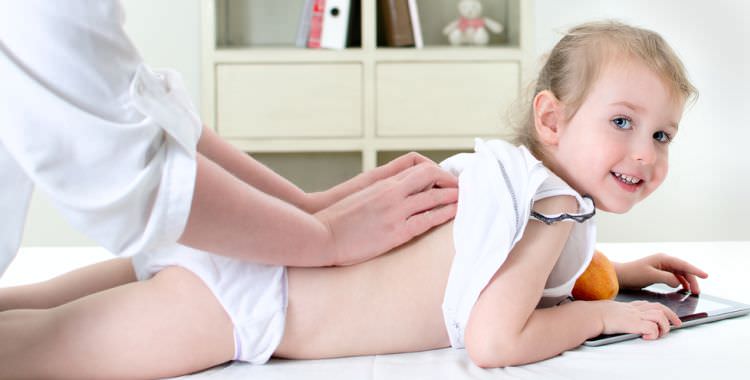Last Updated on March 13, 2024 by admin
A pediatric massage practice is distinct from an adult massage practice in various respects. There are several concerns for a health care provider who wants to perform pediatric massage therapy training to keep in mind. Medical professionals frequently refer to patients under 18 as “paediatric,” even though the term “paediatric” can refer to anyone under 18 who receives treatment in a clinic or hospital. Others understand that “paediatrics” means “health care for children,” referring to both hospitalised and healthy children.
In addition to treating medical and health-related issues, some practitioners employ paediatric massage as a complementary and preventative therapeutic intervention in general health care. Spas and skilled private offices to hospices and orphanages are practised paediatric massage.
Massage for Children: A Training Program
To the best of one’s ability, additional knowledge and pediatric massage therapy training are required. For this group, neither common medical knowledge nor massage therapy training provides health care practitioners with the specialised expertise they need to best serve. Pediatric therapies are specifically intended to meet children’s unique physical, emotional, and developmental needs. The physical and mental changes in a child’s body as they grow are profound. It’s important to remember that a baby’s skin is lighter, more delicate, and equipped with fewer sensory receptors than an adult’s.
There is a long path to go before their bones have fully fused and become solid. Considerations such as these are critical for practitioners of hands-on methods. When developing a therapy plan, we need to keep a child’s physical and developmental characteristics and growth.
Pediatric Massage: Some Points to Keep in Mind
Respect and knowledge of the importance of healthy touch are established when written consent and permission is obtained before starting a massage session. If a parent, guardian, or other health care practitioner is involved in a child’s medical treatment and care, pediatric massage may require their input. All of the care for children is tailored to their specific needs. Establishing trust and communication by adapting tactics to their requirements and desires We always do our best to express adjustments and opportunities with the type of therapy relationship we can deliver, using age-appropriate language. Many adult clients are unfamiliar with the variety of massage modalities and methods available.
As a result, it is understandable that this can be difficult to explain.
To lay the groundwork for a fruitful therapy session, you must spend some time outlining the many options and choices available to the child with whom you will be working.
Massage Therapy for Children: A Safe Practice
When it comes to children’s therapy, safety and efficacy are paramount. Massage therapists are relied upon by doctors, nurses, and parents to thoroughly assess a child’s medical needs before administering massage therapy and developing an effective treatment regimen. Parents’ medical histories are often the first thing we inquire about while working with children in private practice. Massage therapists who work with children who have medical conditions benefit greatly from communicating with their doctors and nurses to develop an appropriate treatment plan and approach.
In the healthcare system, including a paediatric hospital, we thoroughly analyse the treatments and medical records and ask any relevant questions of the medical staff.
It’s not enough to ask a doctor or other medical professional to sign off on a medical release when working with kids with various health-related issues. It’s important to note that not all doctors and nurses are trained in the proper usage of paediatric massage. Before massaging the youngster, the professional counsellor must do their homework in this area. To function as a therapist in the medical field, the therapist must cultivate strong working ties with other professionals.
